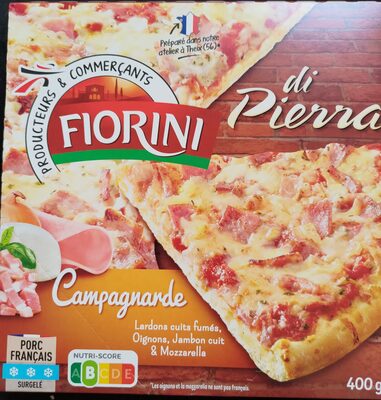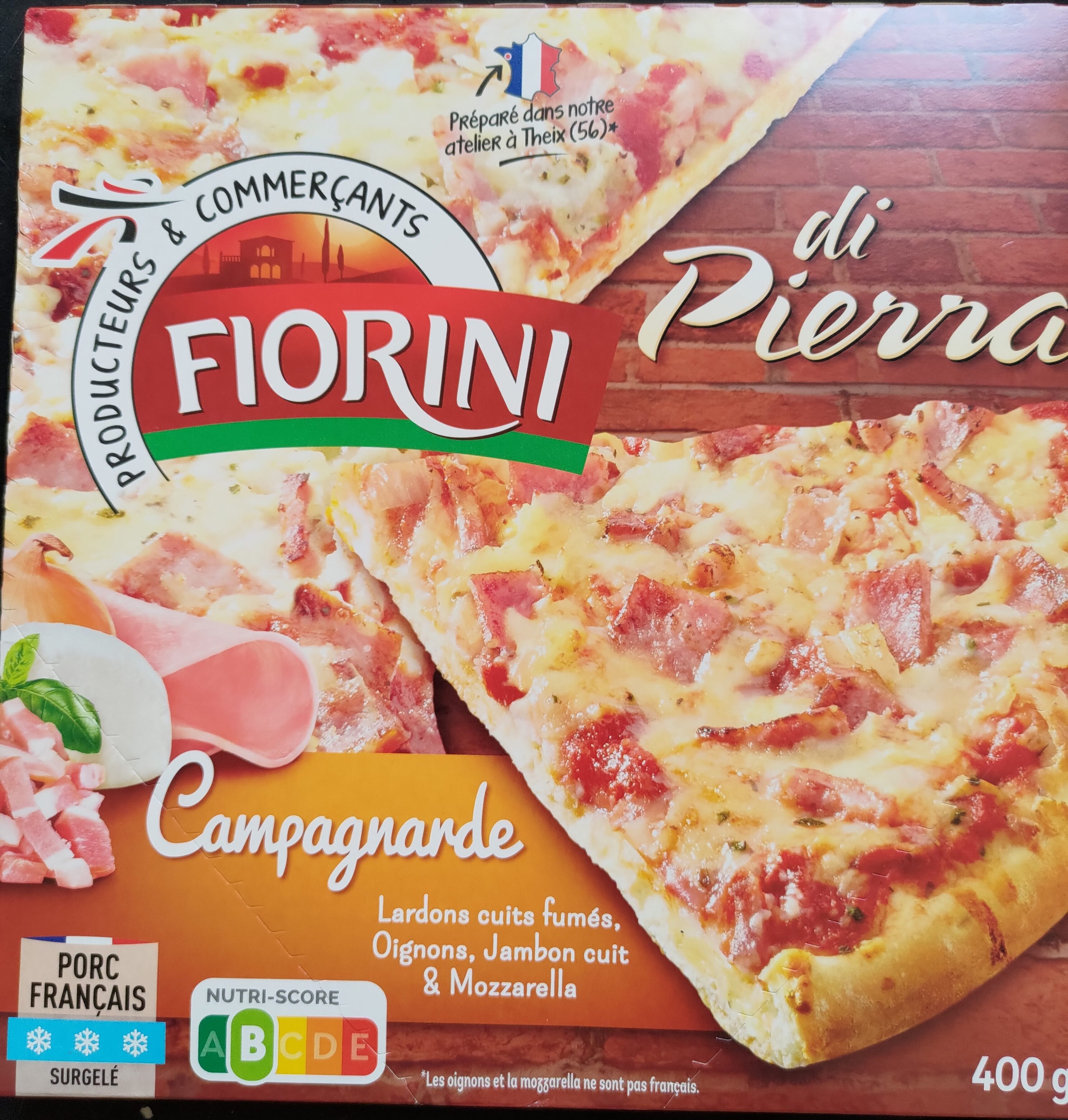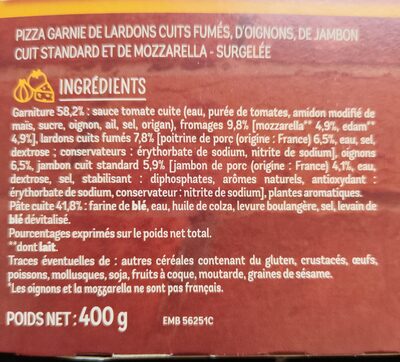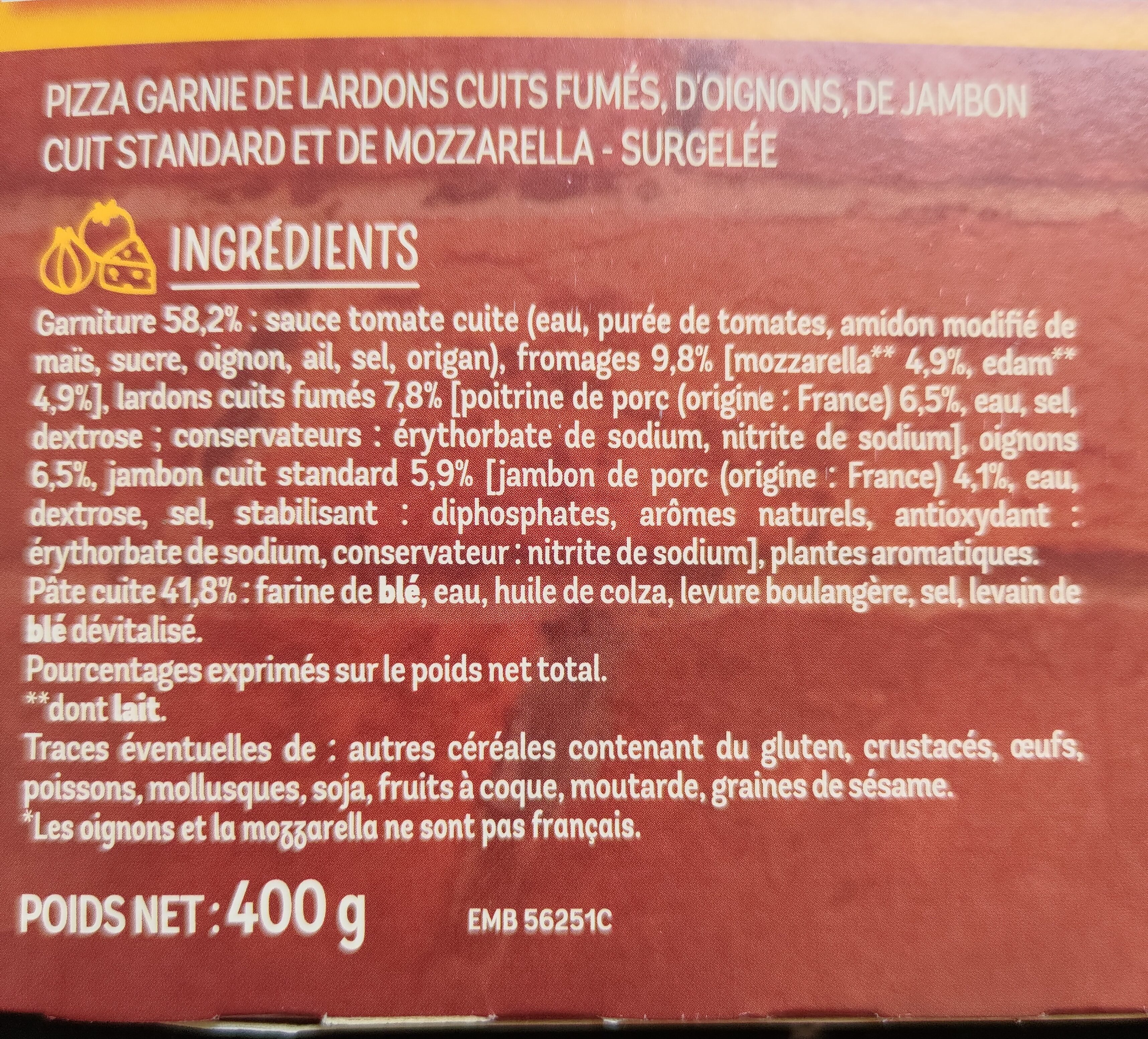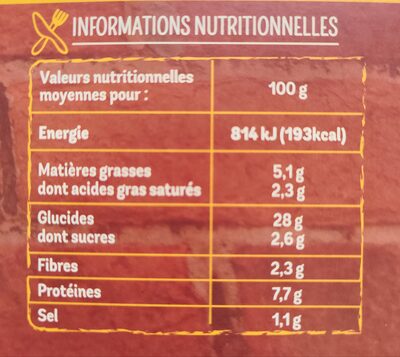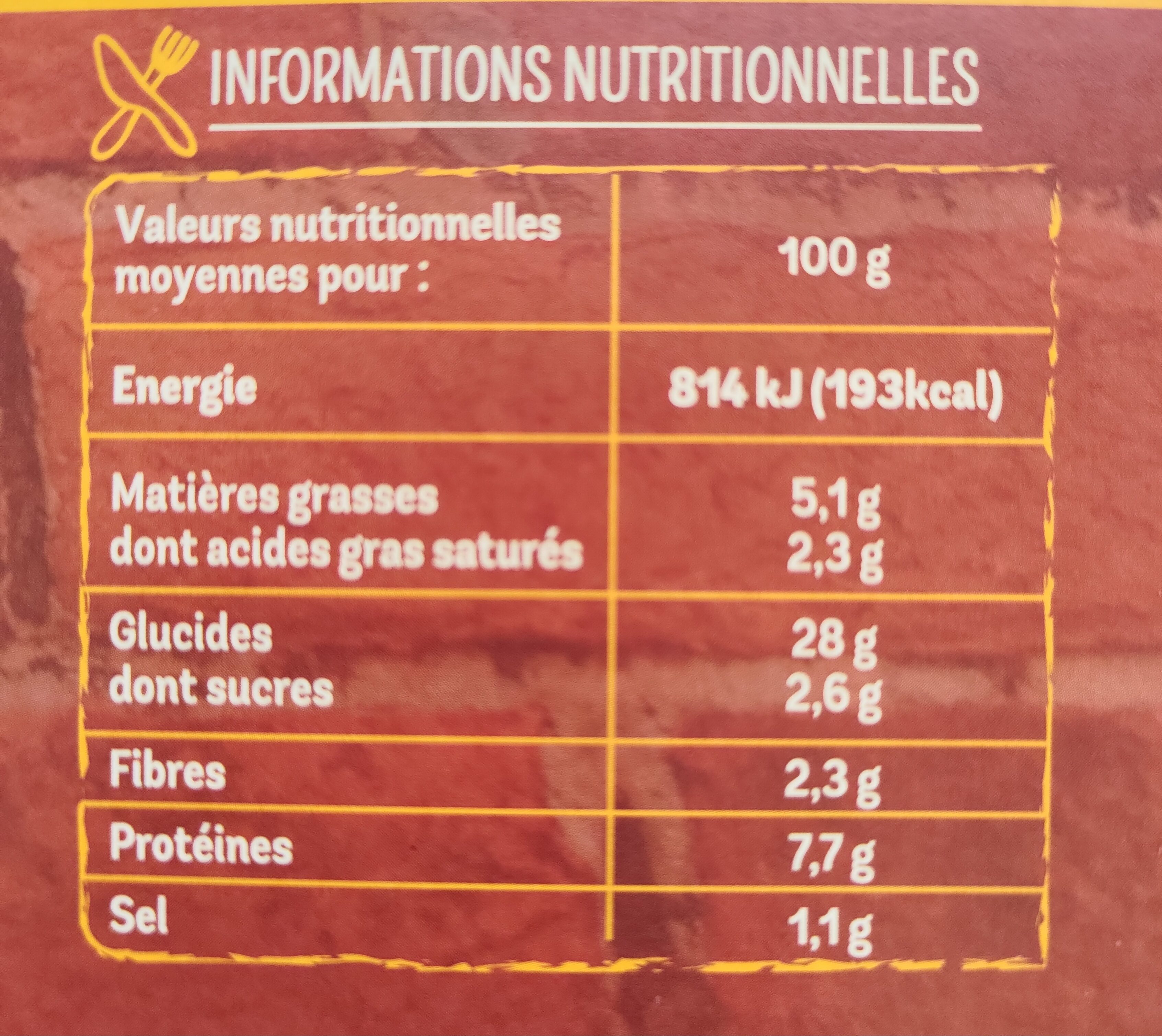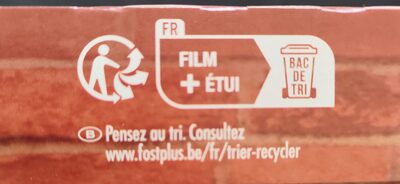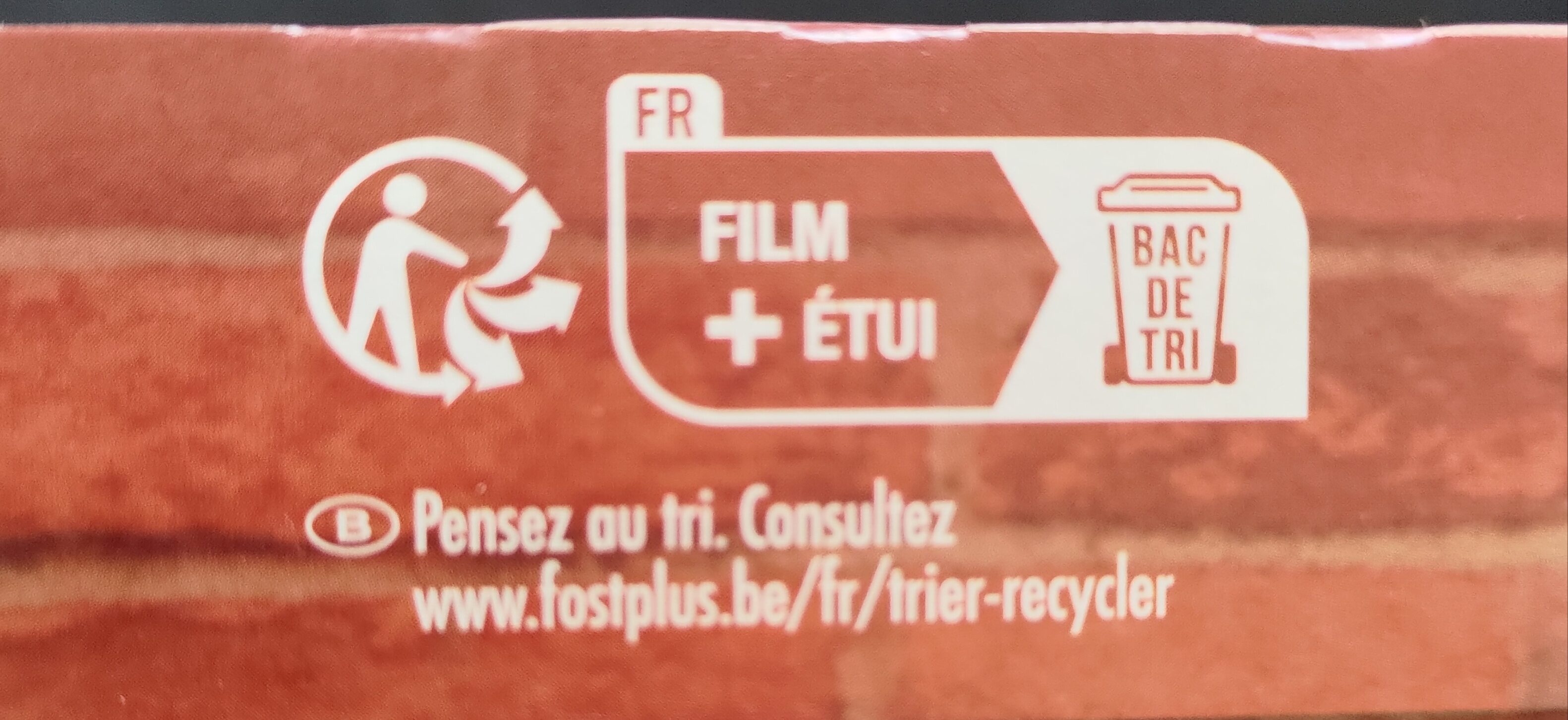Pizza Di Pierra Campagnarde - Fiorini - 400 g
This product page is not complete. You can help to complete it by editing it and adding more data from the photos we have, or by taking more photos using the app for Android or iPhone/iPad. Thank you!
×
Some of the data for this product has been provided directly by the manufacturer .
Barcode: 3250390564782 (EAN / EAN-13)
Common name: Pizza garnie de lardons cuits fumés, d'oignons, de jambon cuit standard et de mozarella - SURGELEE
Quantity: 400 g
Brands: Fiorini
Categories: Meals, Pizzas pies and quiches, Pizzas
Labels, certifications, awards:
Nutriscore, Nutriscore Grade B, Triman
Origin of the product and/or its ingredients: Porc : France
Traceability code: EMB 56251C - Theix (Morbihan, France)
Stores: Intermarché
Countries where sold: France
Matching with your preferences
Report a problem
Data sources
Product added on by kiliweb
Last edit of product page on by phoenix.
Product page also edited by chevalstar, openfoodfacts-contributors, org-les-mousquetaires, roboto-app, yuka.U2ZnZEFKdFpndjlhdmM4Rzkwdi93dlpMeXAybmUwT1JMcnBBSVE9PQ, yuka.YUxndlBLc04rdjBQa3N3ODBUakZ5NHAybUpLUUJWeStJZUVhSVE9PQ, yuka.ZHZ4ZU5vSVFsdlVXbTgwYjVUbkYrZjlZNW8rSUJrQ3VjUEFCSVE9PQ, yuka.sY2b0xO6T85zoF3NwEKvlmEWTNv6sy3NDiHgx3-s6sXePszwRv9366bRIqg.
